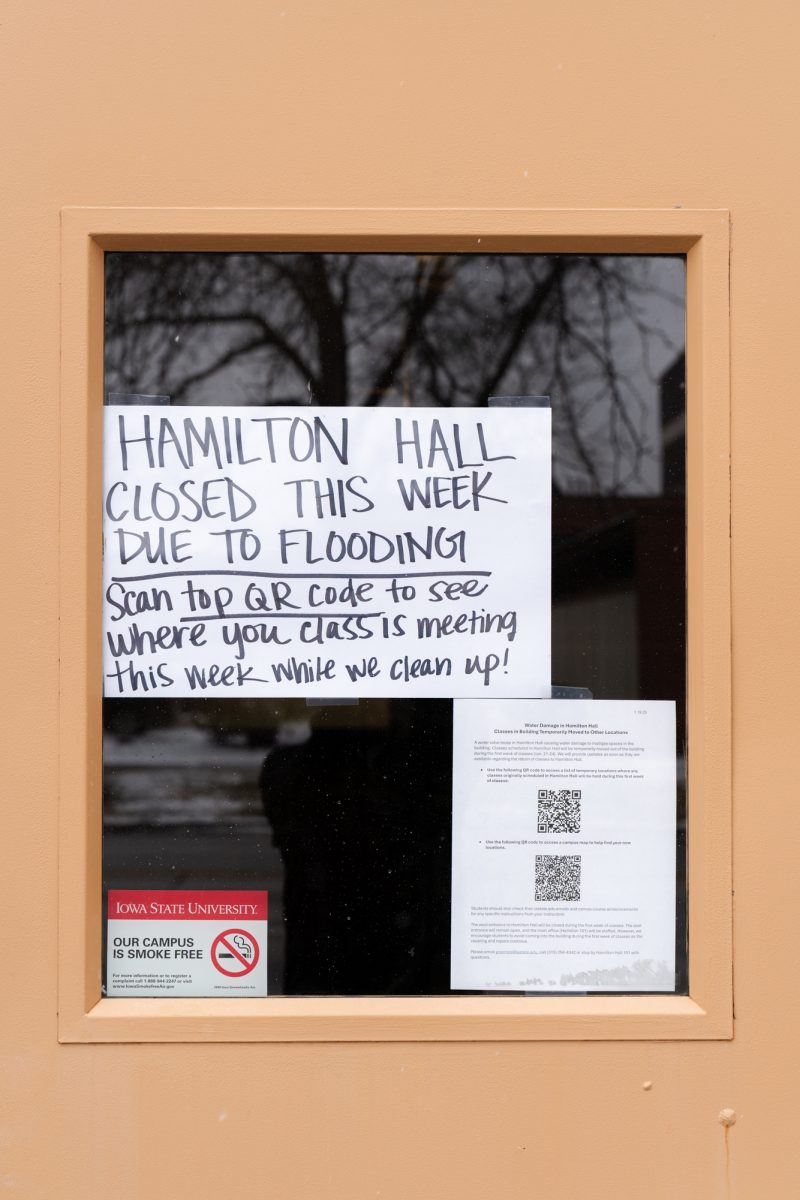Iowa State has higher grad debt than U of I
September 5, 2005
Many of Iowa State’s graduates are leaving Ames with more than just a degree. ISU students may graduate with more debt than students at other Regent institutions because of conditions for loans popular among students with the greatest need. The number of students from rural backgrounds attending Iowa State also affects the numbers, ISU officials said.
ISU students average approximately $9,000 to $10,000 more debt than those from the University of Iowa or the University of Northern Iowa.
Roberta Johnson, director for the office of student financial aid, said ISU graduates may carry greater debt because of more students issuing loans in their names rather than their parents’ names.
“On our award notifications, we gave students the option to use the Partnership Loan in their name,” she said.
The Partnership Loan is a student loan offered by Iowa State through Iowa Student Loan, a nonprofit loan organization located in Des Moines.
The Partnership Loan is popular among students with greater financial need, Johnson said.
“Because of the better terms and conditions, students overwhelmingly favored the Partnership Loan,” she said.
Iowa State also has a greater proportion of students from more rural and less professional backgrounds than the University of Iowa, which indicates a reduced amount of wealth, she said.
“We know that our students face a greater financial need than the University of Iowa,” Johnson said.
Mark Warner, director for the office of student financial aid at the University of Iowa, was unavailable for comment.
Although a greater percentage of UNI graduates than U of I graduates leave with debt, they average nearly $9,000 less than ISU grads.
Joyce Morrow, associate director of financial aid at UNI, said the percentage of students with financial aid has risen with tuition costs and overall cost of living increases.
“It has been gradually going up every year for quite a while,” she said. “Expenses besides tuition continue to rise, as well.”
According to lunch-money.com, an online college information database, tuition is $1,000 lower on average at UNI than at Iowa State.
Johnson said she agreed that the increased financial need among students relates to increased tuition costs.
“The trend of indebtedness has steadily increased — it is a function of tuition and costs rising,” she said.
Students at Iowa’s Regent universities are not alone in facing increased educational costs, Johnson said.
“This is happening at schools across the nation,” she said. “Students are having to make up the difference.”
Students in general sometimes overestimate their cost of attendance, Morrow said.
“Students sometimes say they need more aid than they may need,” she said. “They pile up additional debt thinking they need more than they do and they take more than they should.






